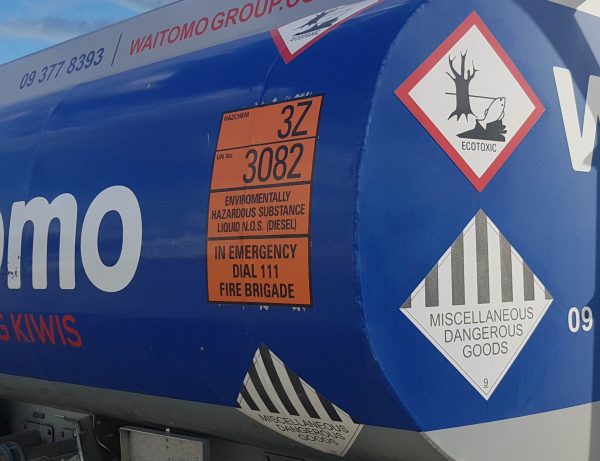Clear and accurate marking of dangerous goods is fundamental to transport safety. Whether you’re moving flammable liquids, corrosive substances, or compressed gases, proper marking ensures everyone in the transport chain understands exactly what they’re handling and how to handle it safely.
Understanding Basic Marking Requirements

At its core, the marking system for dangerous goods follows a logical structure based on the European Agreement concerning the International Carriage of Dangerous Goods by Road (ADR). Every package containing dangerous goods must display the UN number, preceded by the letters “UN.” Think of this as the substance’s passport—it’s a unique identifier that tells handlers exactly what’s inside.
Package Marking Specifications
The size of your marking matters. For packages containing more than 30 kg of dangerous goods, the UN number and letters must be at least 12 mm high. For smaller packages under 30 kg, the markings can be smaller but must remain clearly visible. This graduated system makes practical sense—larger packages need to be identifiable from a greater distance for safety reasons.
Multiple Hazard Indicators
Many dangerous goods have more than one hazardous property. For example, some flammable liquids are also toxic. In these cases, the package must display all relevant hazard labels. The primary hazards label appears first, followed by subsidiary hazards labels. This comprehensive approach ensures handlers are aware of all potential risks, not just the most obvious one.
Vehicle and Container Marking
When it comes to vehicles and containers, the marking requirements become more extensive. Vehicles carrying dangerous goods must display orange-coloured plates at the front and rear. For tank vehicles, these plates must also show the hazard identification number (HIN) and UN number. It’s worth noting that in the UK, vehicles carrying dangerous goods in tanks must also display an emergency action code and emergency telephone number.

Special Cases and Exemptions
Limited quantities of dangerous goods follow simplified marking requirements. Instead of the full UN marking system, these packages can use the limited quantity mark—a diamond shape with black borders. However, this only applies when the goods are packed in inner packaging not exceeding the limits specified in ADR column 7a.
Environmental Considerations
When substances are classified as environmentally hazardous, packages must display the “environmentally hazardous substance mark” (dead fish and tree symbol – it symbolises ecotoxic, as per the image below). This additional marking helps ensure proper handling to prevent environmental damage during transport and in case of accidents.

Common Mistakes to Avoid
Experience shows that certain marking errors occur frequently. These include using faded or damaged labels, incorrect placement of markings, and failing to remove old hazard labels from previously used packaging. Regular checks and proper training can help prevent these issues.
Maintaining Compliance
To ensure ongoing compliance, establish a systematic approach to marking verification. This should include regular staff training, quality control checks before dispatch, and clear procedures for handling non-compliant packages. Remember that markings must remain intact and visible throughout the entire journey—from loading to final delivery.
The consequences of incorrect marking can be severe, both in terms of safety and legal compliance. Transport operators face significant penalties for non-compliance with marking requirements, but more importantly, proper marking plays a vital role in preventing accidents and ensuring appropriate emergency response if incidents do occur.
Understanding and implementing these marking requirements isn’t just about following rules; it’s about contributing to a safer transport network for everyone involved in the movement of dangerous goods.
